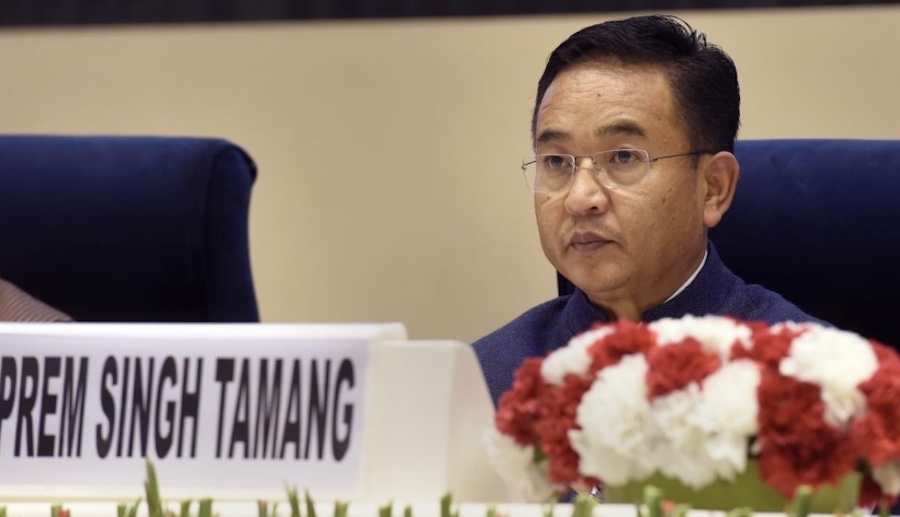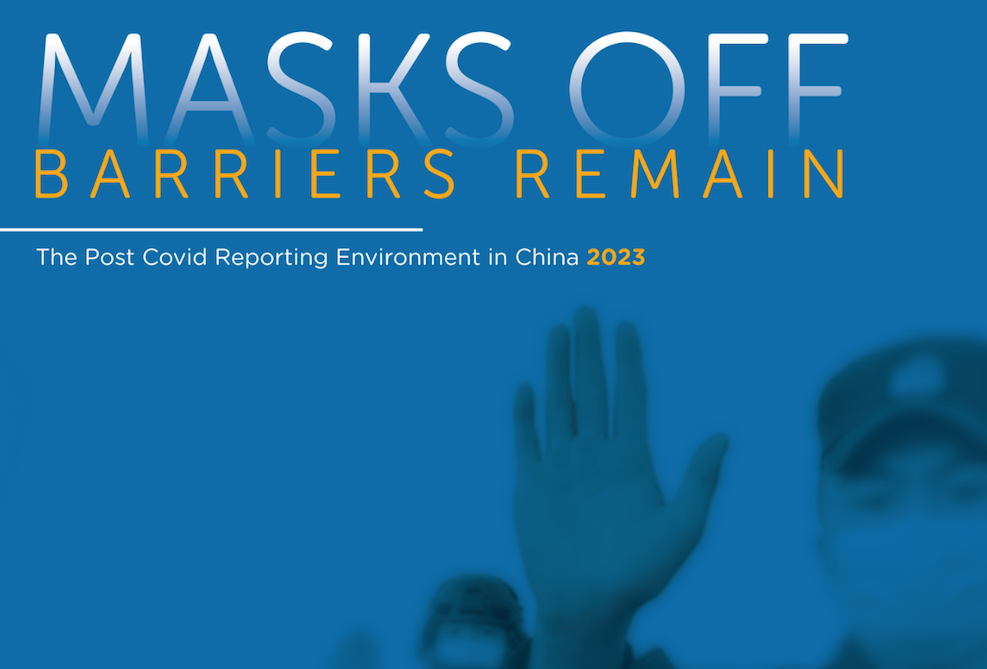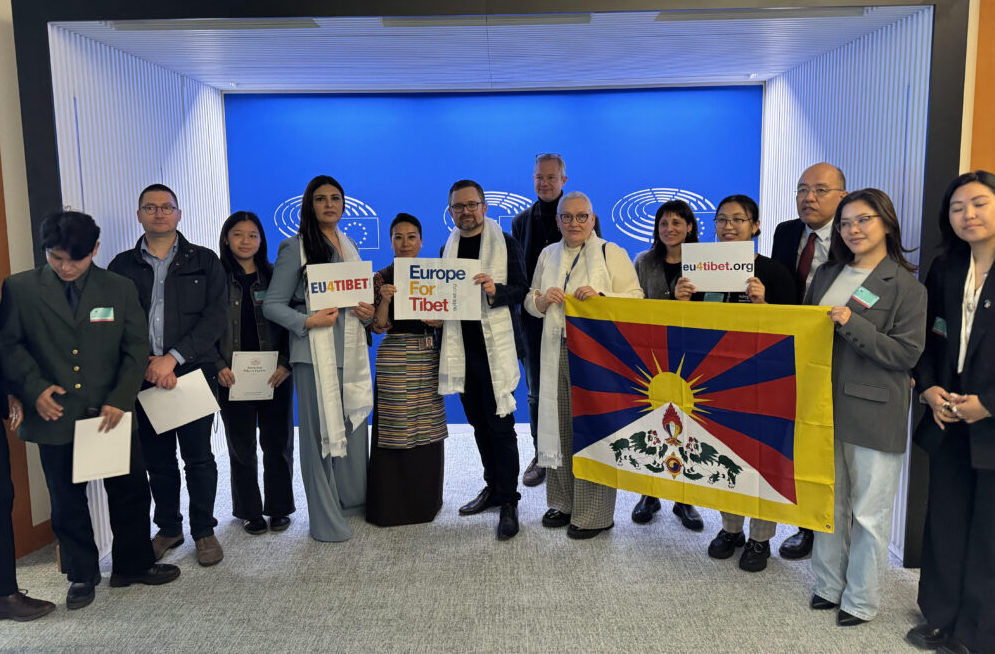A report issued on 25 January 2003 by the official Chinese news agency Xinhua praises the ‘Regulations on the Study, Use and Development of the Tibetan Language’ as one of the major achievements of the out-going 7th People’s Congress of the Tibet Autonomous Region (TAR). According to the report, the regulations will “carry out China’s strategy of developing its west and conserve local cultures”. The overall emphasis of the regulations is on the “equality” of the Tibetan and “common national” (Han Chinese) languages. However, while safeguards and promotional measures for the Tibetan language are included in the regulations, in the absence of measures that in practice favour the use of Tibetan, the position of Chinese, which is already dominant in business, commerce and administration, is likely to be enhanced.
The new regulations, which were approved on 22 March 2002 by the 15th session of the 7th TAR People’s Congress, were described by the China Daily on the next day as “the first government regulation[s] ever passed in China on preserving an ethnic language”. Their general emphasis is on permitting use of either Tibetan or Chinese – quoted by Xinhua as the “commonly used languages” – “according to need”, for example in important conferences and meetings of state organs, work meetings of units in TAR enterprises (article 4) and in legal organs (article 5). The new regulations replaced the ‘TAR Regulations on the Study, Use and Development of the Tibetan language (for trial implementation)’ that were issued by the TAR People’s Congress in 1987 at the instigation of the 10th Panchen Lama and Ngabo Ngawang Jigme, and promulgated in March 1989. These trial regulations set out procedures for implementing Tibetan language policy in education and public life, permitting the use of both Tibetan and Chinese. Tibetans were to speak in Tibetan at important, large-scale meetings, though there was no mention of what language Chinese cadres were to speak. According to a Xinhua report in March 1989, the Regulations also contained stipulations that would have ensured the gradual prevalence of the Tibetan language, moving upwards through the education system.
However, practical measures to ensure a more widespread use of the Tibetan language were either not actually implemented or ultimately withdrawn. In education for instance, a pilot project to extend Tibetan medium education into secondary schooling was abandoned in 1996, and the commencement of Chinese classes in Tibetan schools was subsequently brought forward. With the new regulations (2002) stating in article 6 that “During compulsory education, Tibetan and the common national language will be the basic educational languages”, no positive discrimination of Tibetan seems even to be intended anymore. In a similar vein, article 10 in the new regulations states that priority should be given by state organs in employing “those who are proficient in the use of both Tibetan and the common national language”. This is a shift in emphasis from the 1987 regulations, that specifically underlined proficiency in Tibetan as one of the qualifications for recruitment and promotion in government jobs.
Some of the aspects of the 1987 regulations aimed at promoting Tibetan have been carried over to the 2002 regulations. For example, article 11 of the 2002 regulations provides for dual language seals, signs and notices in public places, and article 5 states that citizens will be able to use their native language in court proceedings. Article 9 states that the TAR is “actively to develop Tibetan language undertakings including education, news, publishing, broadcasting and films” – it does not mention, though, whether extra funding has been made available or whether the obligation is to be met through the TAR’s existing budget. In fact, since promulgation of the new regulations in March 2002, no significant steps have been taken towards the practical implementation of measures such as these to promote Tibetan.
At the same time, the role of the standard Chinese language (putonghua) is being promoted throughout the People’s Republic of China. The central ‘Law on the Common National Language’ was passed on 31 October 2000 by the 18th plenum of the Ninth National People’s Congress, to come into force on 1 January 2001. The law defines the “national common language” [guojia tongyong yuyan wenzi] as comprising “putonghua and standard Han characters”. The specifically political nature of this law is evident from article 5 which reads: “Use of the common national language must be of benefit to state sovereignty and dignity of the nationalities, be of benefit to national unity and unity of the nationalities, and be of benefit to the construction of socialist material and spiritual civilisations.” In accordance with that, article 4 states: “Local governments and other relevant organs at all levels must adopt measures to popularise putonghua and to promote standard Han characters.”









